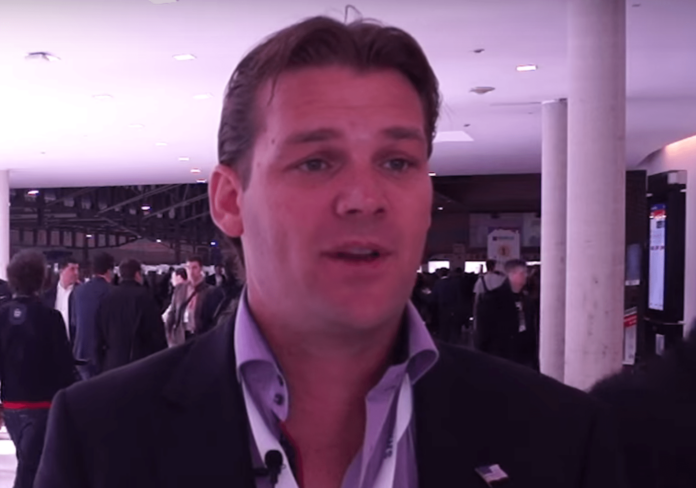NFV is key to Convergence 2.0
In a recent interview with RCR Wireless News, Derek Peterson, the chief technology officer of Boingo Wireless, discusses how evolving enterprise and consumer needs are driving a shift in access technologies that is blurring the lines between various topologies and creating a new type of converged communications platforms.
Peterson gave the example of a network deployment that includes a distributed antenna system, small cells and Wi-Fi. This type of system can serve needs related to cellular- and Wi-Fi-based communications, as well as building systems including management automation, point of sale, IPTV, VoIP and similar network-reliant technologies. Another driving force in the current network convergence landscape is the blending of licensed and unlicensed spectrum, LAA, which brings LTE into unlicensed spectrum with the requirement of an anchor tenant deployed in licensed spectrum, or MulteFire, which removes the LAA requirement of costly licensed spectrum, for instance.
“I think convergence is essential,” Peterson explained. “We have venues today where you will find this Convergence 1.0 where we’ve deployed Wi-Fi, DAS and small cells. We’ve got that already. What we’re going to see in the next couple of years is actually the Convergence 2.0, which is starting to have all of these different networks co-exist together, then smart decision making being done by the network so you can end up utilizing both the Wi-Fi network or the DAS or the small cell network together to produce better outputs. A big part of that we’re working on is getting the NFV instrumentation out there in all our different venues.”
He continued to explain that orchestration, SDN, policy control, edge computing and other emerging technologies will be crucial to creating networks capable of essentially managing themselves.
“It’s a platform; you’re setting up a communications platform. A lot of the design is going to be the same. You still need power, you still need backhaul, you still need fronthaul. As you start moving the radio units around from the data center to other data centers or right at the edge, all of it’s going to change. You’ve really just got to build that overall platform.”
Watch the entire interview with Peterson here.

